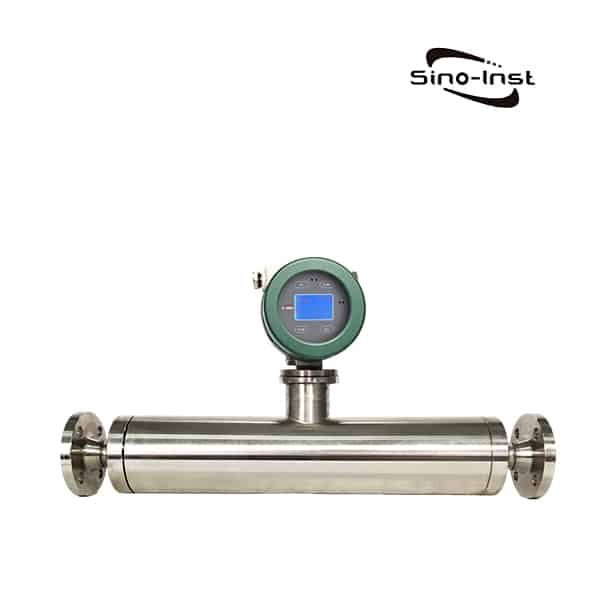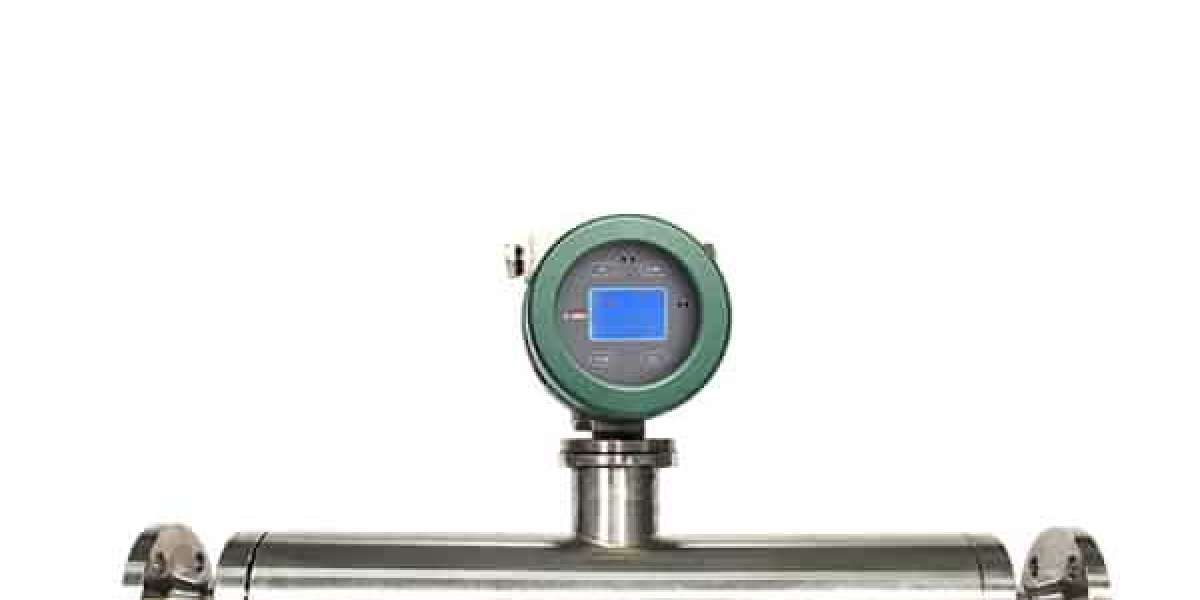What distinct categories of volume measurement sensors are there to choose from?
The volume liquid volume sensor of fluids is the most common thing that volumetric sensors are used to measure. Case in point: Case in point: Case inThe following is a list of some of the more common types of sensors that are used for measuring volume:
The rate at which fluid rotates a turbine is measured by a device known as a turbine meter. This information is then used by the device to calculate the volumetric flow. The utilization of turbine flow meters allows for the measurement of both gases and liquids to be carried out simultaneously.
It accomplishes this by employing the rotation of a fluid as it acts upon a rotor measuring element in order to compute volumetric flow. Alternately referred to as a rotor flow meter. Suitable for gas and liquid measurement.
Electromagnetic flowmeters are able to calculate the volume flow rate of a fluid by measuring the electromotive force that is generated by the fluid when it is positioned within a magnetic field. This is accomplished by placing the fluid in the magnetic field. This particular kind of flowmeter is capable of providing precise readings when applied to the liquid volume sensor of conductive liquids.
Utilize the microwave Doppler principle to measure the velocity of the fluid, and then calculate the volume volumetric measurement sensor through the pipeline utilizing the cross-sectional area that is already known. This will be accomplished by using the microwave Doppler principle. In order to measure flow in this manner, a microwave Doppler flowmeter is utilized. Suitable for gas and liquid measurement.

The Ultrasonic Flow Meter is a device that utilizes ultrasonic technology to calculate volumetric volumetric measurement sensor by measuring the difference in the speed of sound in a fluid. This difference can be measured with the Ultrasonic Doppler Velocimeter. In addition to being able to measure the volume flow of liquids and gases, ultrasonic flow meters are also capable of measuring the volume flow of vapors.
A device that determines the volume flow by measuring the frequency of the vortex that is produced when a fluid travels through obstacles of a particular geometry is called a vortex flowmeter. This type of flowmeter is known as a vortex flowmeter. This particular type of flow meter is able to accurately measure the volumetric measurement sensor rates of both gases and liquids, regardless of which medium it is measuring.
A positive displacement flow meter is a type of flow meter that measures volumetric volumetric measurement sensor by utilizing the motion of a fluid pushing a positive displacement measuring element (such as a gear, screw, piston, etc.). Another name for this type of flow meter is a meter that uses a gear, screw, or piston to measure volumetric flow. The flow meter in question is capable of performing volumetric calculations. With its assistance, accurate measurements of viscosity can be obtained for a variety of substances, including liquids and gases.
The ball float meter is a device that measures the volume flow by determining the location of a float while it is suspended in a liquid. This allows the device to calculate the volume flow accurately. Suitable for gas and liquid measurement.
Above are some common volume measurement sensor types. When deciding on an appropriate volumetric flowmeter, the actual application scenario, the type of fluid being measured, and the requirements for determining liquid volume sensor rate should all play a part in the decision-making process.
How to install sensors that can determine the volume of something.
The manner in which sensors that measure volume are installed differs depending on the kind of sensor that is being used and the environment in which it will be put to use. It is imperative to take into consideration the following factors whenever installing volumetric sensors:
Site selection involves selecting an appropriate location for installation and ensuring that there is sufficient space for the installation, operation, and maintenance of the system. It also involves making sure that there is adequate space for the installation. Make sure that the operating temperature, pressure, and any other parameters that are necessary for the flowmeter to function properly can be accommodated in the location that you have chosen for the installation.
Flow Direction: Make sure that the volumetric sensor has been installed correctly in the direction that fluid is flowing. Flow Direction: Check to see that the volumetric sensor has been installed correctly. Flow arrows are typically displayed on a flowmeter, and it is imperative that these arrows point in the same direction that the liquid volume sensor is actually moving.
Pipes: Conduct a thorough inspection of the pipes to verify that they are free of any debris, are clean, and are dry. A predetermined length of straight pipe is required both before and after the installation of certain types of volume measurement sensors. This is done in order to minimize the influence of factors such as eddy currents, air bubbles, and other factors on the precision of the measurements.
The bracket's job is to provide the flowmeter with a stable support so that it doesn't get damaged for any number of reasons, including the vibration that comes from the pipeline. This is the purpose of the bracket.
Check the flowmeter's operating temperature and pressure to ensure that they are compatible with the actual working temperature and pressure. Temperature as well as atmospheric pressureIf monitoring these parameters is necessary for your system, it is possible to do so by adding temperature and pressure sensors to the appropriate locations.
Electrical connection: Check to see that the power supply lines and the signal lines are correctly connected in accordance with the instructions that were provided by the manufacturer. Make sure that the power supply lines and the signal lines are correctly connected. Check to see that all of the electrical connections are up to the appropriate safety standards as soon as possible. Make this a priority.



